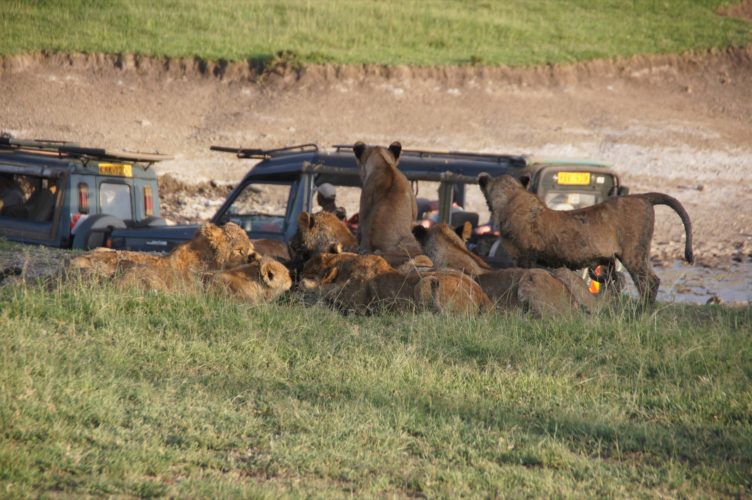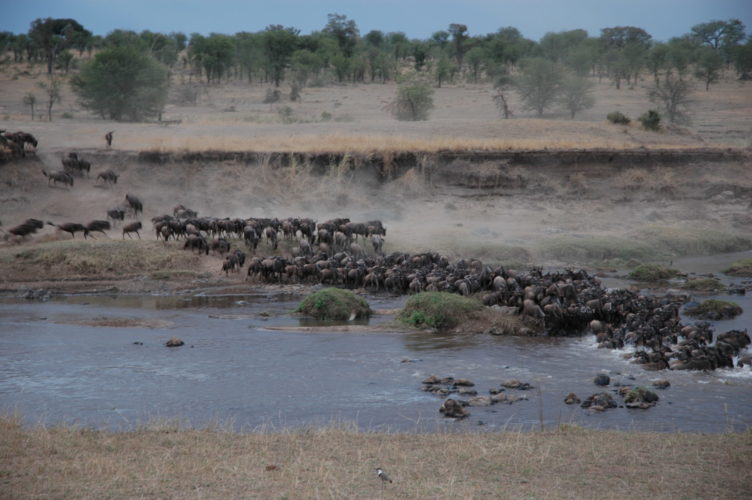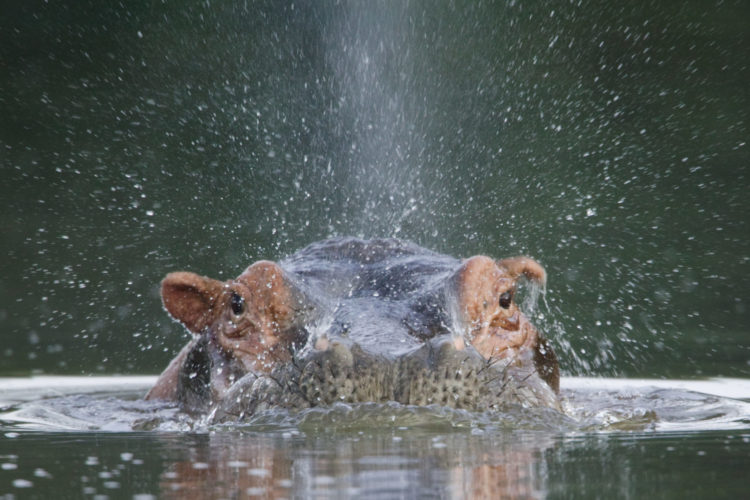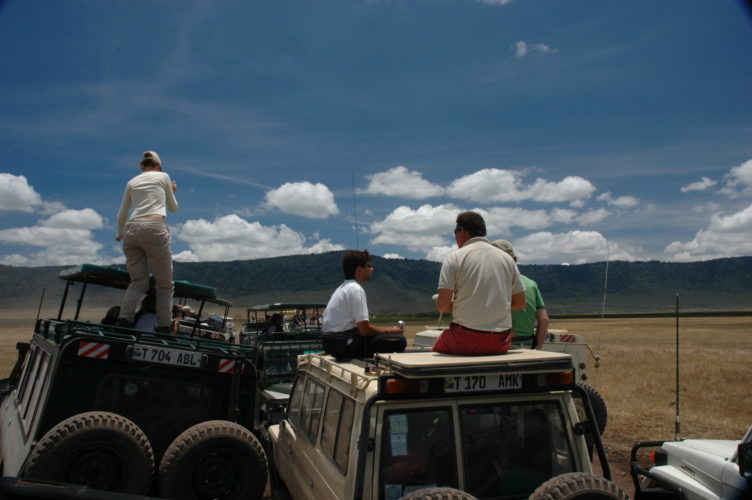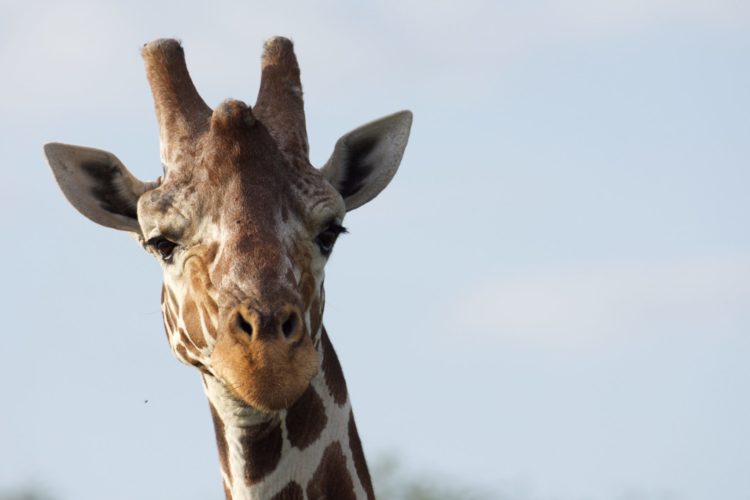Our Guide to Masai Mara Safaris
A Masai Mara Safari has the most astounding animal migration on earth.
The core experience of any Kenya safari is of course a visit to the world famous Masai Mara. What’s important to know is the huge size of this region and its make up.
There is the Masai Mara National Reserve proper and surrounding private wildlife concession areas.
The Mara Reserve is managed by the Kenya Wildlife Services whilst concessions are privately managed in partnership with the local community for sustainability purposes.
This guide delves into the Masai Mara and provides top tips for a great Kenya safari.
Are you ready to experience the Masai Mara?
Let’s ChatMasai Mara National Reserve
Some three thousand square kilometres, this is the finest destination during the great wildebeest migration between July and October when herds cross the Mara river and enter, risking life and limbs as they dive into crocodile infested waters and then ascend slippery banks to waiting predators.
There are endless accommodation options in the Masai Mara which can mean affordable safaris. The downside is the number of people in the reserve so a sighting can be littered with endless vehicles. At dawn balloon safaris take off over the reserve which is a wonderful experience.
Whilst the migration period is fantastic, so too is the rest of the year because there is wildlife that take up residency here and don’t move with the wildebeest and zebra migration.
The negatives are busy roads and sightings, no driving at night, no walking and no going off road with vehicles or on foot.
Masai Mara Private Conservancies
There are a number of private conservancies or concessions surrounding the Masai Mara National Reserve.
Like anything, there are positives and negatives and in our opinion, the positives far outweigh the negatives. On the plus side, you get total freedom to explore with highly qualified, exceptional local guides who are experienced in game drives, walking safaris, night game drives and nocturnal wildlife spotting. There are fewer vehicles so less traffic around sightings thanks to strict regulations on bed nights and numbers (how many people are in the reserve at any given time). Fly camping is available too in some areas which is an awesome Kenya safari treat.
The negative is of course local Maasai villages are close by and so too are their cattle. It does give you the honest perspective of life for Maasai in the region though, something important to understand. To see the great migration herds river crossing, you will need to head out for a full day game drives it’s further away from a camp inside the national reserve.
Masai Mara Accommodation
Due to the sheer size of the greater Masai Mara ecosystem, there are quite a number of accommodations that range from adventure tented through to exquisite luxury safari camps and lodges.
It comes down to your preferences in location, style of accommodation, budget and of course availability. We highly recommend booking 12 months in advance to secure the very best Masai Mara safari accommodation to make your dream a reality.
Have a look at the Google Map below and some of the properties we have pinned.
Best time to visit Masai Mara
Masai Mara Safaris are possible and importantly, fantastic throughout the year. The Mara River and Talek River provide permanent water year round so this secures resident wildlife year round. The Masai Mara is famous for more than the migration. Big Cat Diaries was a documentary on predator cats filmed here and the plains of the Masai Mara are dotted with lions, cheetah and some leopard. January to March is hot and dry and you can expect to see new born animals. April and May are west months meaning some camps close. Landscapes become dramatic as they green up and birdlife and flora come into their own. July to October of course is the premier time to come as the bonus is the wildebeest migration. November to December are hidden safari secrets with short rains so nothing more than occasional showers. They clean the air, cool down the day and fill the rivers triggering lushness in the landscape and abundant wildlife activity.
The Masai Mara is a year round safari destination. For the river crossings, July to October is best. Having said that, the arrival of the migration changes slightly every year based on weather conditions like rainfall. So it’s best to give yourself two chances at seeing the river crossings.
